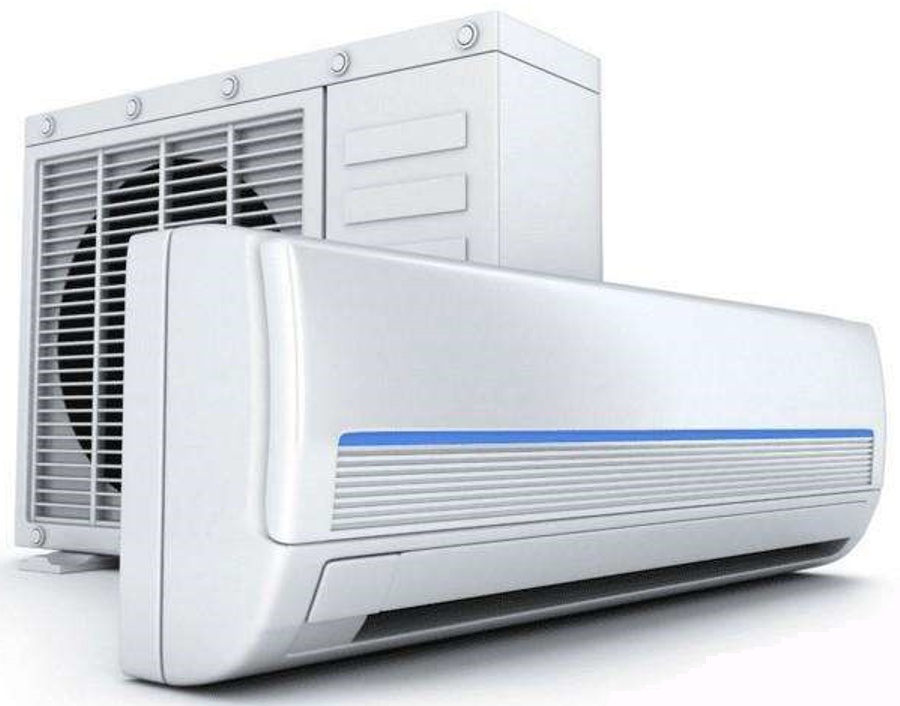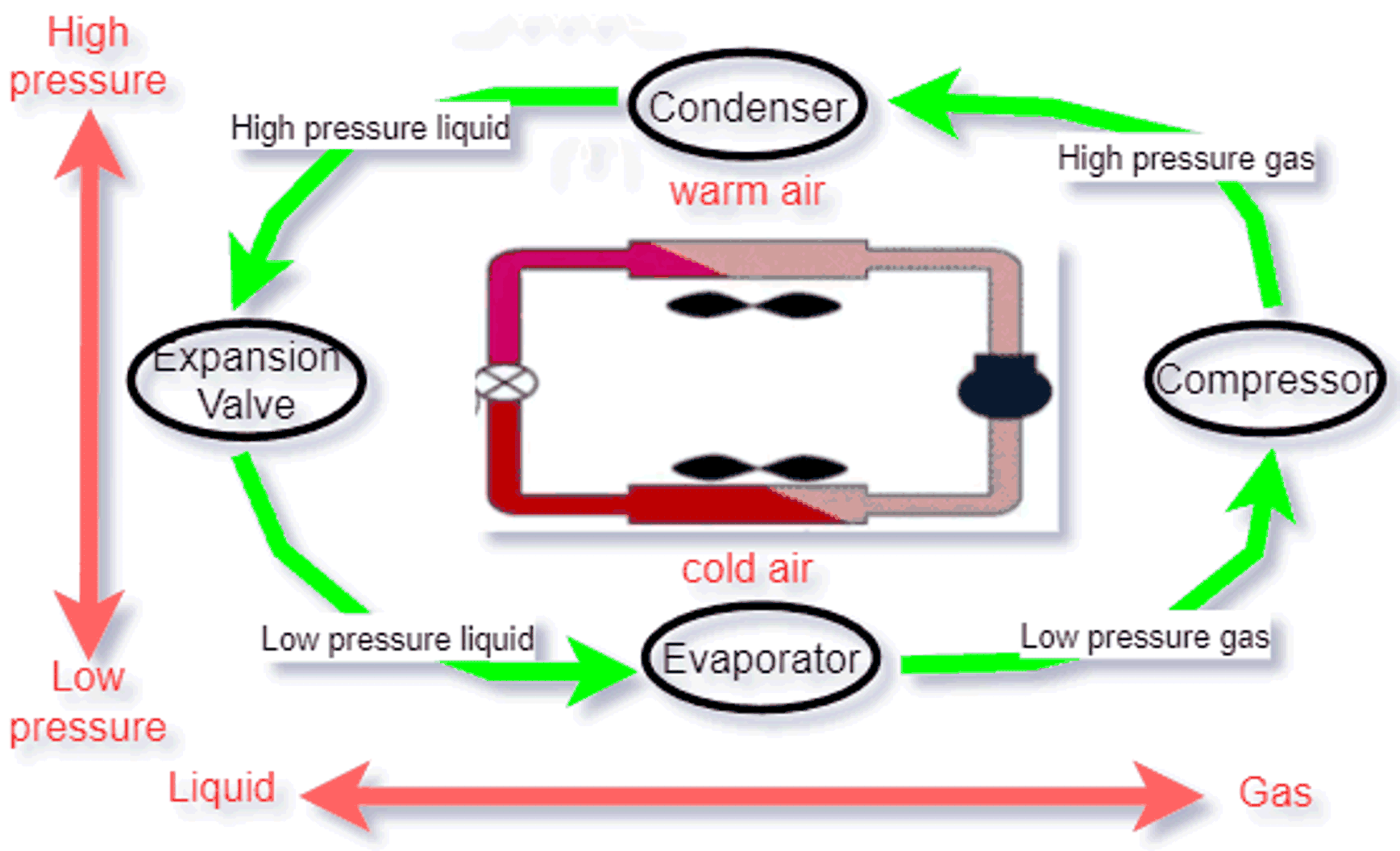SNIA054 January 2023 TMP61
1.1 Working Principle of Air Conditioner
Air conditioning systems can be divided into cooling or heating mode according to the direction of heat flow. Taking refrigeration as an example, its working principle is, the refrigerant in the outdoor unit is compressed into high-pressure gas by the compressor. Then, high-pressure gas is condensed into high-pressure liquid by the condenser. After that, the high-pressure liquid is depressurized by the throttle valve and then passed into the indoor unit. Finally, the evaporator further reduces the pressure of the low-pressure liquid and makes it evaporate into gas. During the whole process, a large amount of heat from the surrounding environment is absorbed to achieve refrigeration. The final gas flows back to the compressor again, completing the cycle. The heating mode is the opposite of Figure 1-1.

 Figure 1-1 Schematic Diagram of the
Principle of Air Conditioning and Refrigeration
Figure 1-1 Schematic Diagram of the
Principle of Air Conditioning and Refrigeration